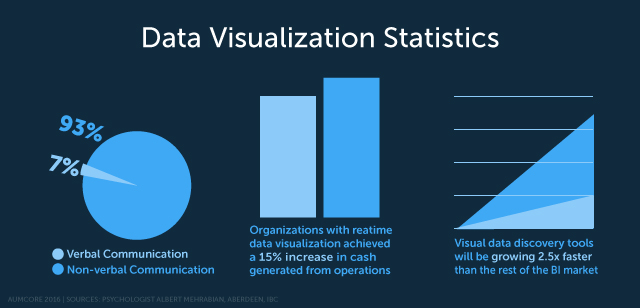So, you just started a new project and need to gather some information. What do you do? You plant yourself in your seat and prepare for a caffeine-fueled day of internet research. While not as appealing as a day spent at the beach with a mojito in hand, proper research is the cornerstone of any successful campaign.
“All I’m armed with is research” – Mike Wallace
It doesn’t matter if everything, including your gut instinct for facts, is pointing toward something. Unless it can be verified your best bet is to buckle down and search harder. Incorporating incorrect information cannot only backfire on you in the form of a campaign flop, but it can also tarnish your reputation. Take Coca Cola’s attempt at a New Year greeting that ended in a blunder involving the U.S. Department of State for example. Mistakes do happen, but if you follow these three research practices you’ll be well on your way to an embarrassment-free campaign.
1: Define Your Research
Before you begin any research, ask yourself, “what’s my objective?” It sounds simple, but just like you can’t build a house without a foundation, you can’t start research unless you have an understanding of what you want to accomplish. Your objectives will be your base and serve to tailor the rest of you research. Imagine being part of an organization facing declining interest from the populace. You define your objective to be creating a social platform that will revitalize said interest. Now you can proceed by including behavioral analysis in your research with the hope of gaining a better understanding of habits and what interests the majority.
2: Use the Right Tools

Search Engines
For starters, Google, Bing, Yahoo, or any other search engine will be your best friend and worst enemy at the beginning of your research process. There’s an abundance of information on the Internet and unless you know how to maneuver through the streams of false and outdated information, you’re stuck without a paddle.
Advanced Search
Another addition to your arsenal of research tools is the advanced search feature and the search operators that go along with it. With these you can tailor your results to include or exclude websites that have or don’t have certain words or phrases. You can even type ‘related:’ before a site to find others like it (e.g. ‘related:facebook.com’). Trust me on this one; it’s a game changer.
If you’re searching for something that’s time sensitive, such as market trends, utilize search tools that allow you to narrow results by date. Think of buying a lottery ticket with last week’s winning numbers. Will they work again? Maybe. It’s possible but highly unlikely. After all, the nature of a trend is that it develops and changes over time.
How Can I Counter This?
An option is to get a subscription to Google’s Marketer’s Almanac. This page gives you insights into consumer trends around key moments throughout the year, such as holiday gift giving seasons. If that doesn’t fit your needs try checking American Fact Finder to comb through US census data and make sure your projected demographics are on point.
3: Find Accurate Sources for Your Statistics
 Once you have a couple tools under your belt it’s time to focus on the bane of many researchers’ existence: sourcing. Where is your information coming from? Is it from a college student’s blog or from an industry leader? Not to say that you can’t trust your friendly neighborhood blogger with accurate facts, but try to find the original source. Some examples of proper sources are:
Once you have a couple tools under your belt it’s time to focus on the bane of many researchers’ existence: sourcing. Where is your information coming from? Is it from a college student’s blog or from an industry leader? Not to say that you can’t trust your friendly neighborhood blogger with accurate facts, but try to find the original source. Some examples of proper sources are:
- A company’s official website
- A credible news source
- A database with peer-reviewed articles
Keep in mind that related does not mean supportive. You’re trying to support your topic, don’t overdo it with unnecessary information. Once you do come across that tidbit you’ve spent hours scrounging countless sites for, check and then double check for accuracy, especially if it’s a statistic, as they are often jumbled in phrasing. For example, last year the Pew Research Center found that among female Internet users, 77% of them use Facebook. It seems pretty straightforward but one can easily make the mistake of saying 77% of Facebook users are female.
Research can be a daunting task if you’re not an expert. You have billions of sources at your fingertips and need to find the ones that are best for you. No need to worry, though. By defining what you’re researching, using all available tools and making sure that everything’s backed up by facts, you’ll breeze right through the process. Who knows, you might even have enough time to grab that mojito after all.





Tell us your thoughts in the comments